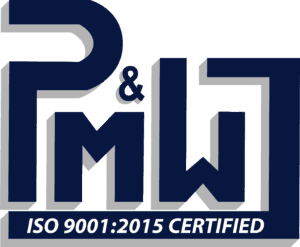As motor repair and manufacturing professionals, we understand the critical importance of conducting DC High Potential (HiPot) tests to ensure the safety and reliability of electrical equipment. HiPot testing is a standard procedure used to verify insulation integrity and detect potential electrical weaknesses before they lead to costly failures or safety hazards. In this blog post, we will discuss the best practices for conducting DC HiPot tests safely and effectively to maintain the highest standards of quality and performance.
Understanding DC High Potential (HiPot) Testing
DC HiPot testing is a method used to apply a high voltage across the insulation of a motor or electrical component to check for any current leakage. This test helps identify any weaknesses in the insulation that could lead to electrical breakdowns or hazards. It is crucial to follow proper procedures and safety guidelines when performing HiPot tests to prevent accidents and ensure accurate results.
Best Practices for Safe and Effective DC HiPot Testing
- Equipment Inspection: Before conducting a HiPot test, thoroughly inspect all testing equipment, including the HiPot tester, cables, and connections, for any signs of damage or wear. It is essential to use calibrated and well-maintained equipment to ensure accurate results.
- Personal Protective Equipment (PPE): Always wear appropriate PPE, such as insulated gloves, face shields, and safety goggles, when performing HiPot tests. This protective gear helps safeguard against electric shock and arc flash hazards.
- Test Environment: Conduct HiPot tests in a controlled environment with proper ventilation and safety measures in place. Ensure that the testing area is clear of any flammable materials or potential hazards that could compromise safety.
- Proper Grounding: Establish a solid grounding connection for both the test specimen and the HiPot tester to prevent any stray currents or voltage surges. Proper grounding is essential for the safety and accuracy of the test results.
- Test Procedure: Follow the manufacturer’s guidelines and recommended test procedures when performing HiPot tests. Apply the appropriate test voltage for the specified duration while monitoring for any signs of electrical breakdown or insulation failure.
Interpreting HiPot Test Results
After completing the HiPot test, carefully analyze the test results to determine the insulation integrity of the motor or electrical component. Look for any indications of current leakage, breakdown voltage, or insulation resistance to identify potential issues that may require further investigation or maintenance.
Conclusion
Conducting DC High Potential (HiPot) tests is a critical step in ensuring the safety and reliability of electrical equipment. By following best practices for safe and effective HiPot testing, motor repair and manufacturing professionals can maintain the highest standards of quality and performance in their operations.
For expert motor repair services and consultation on HiPot testing procedures, contact The Pump & Motor Works, Inc.



